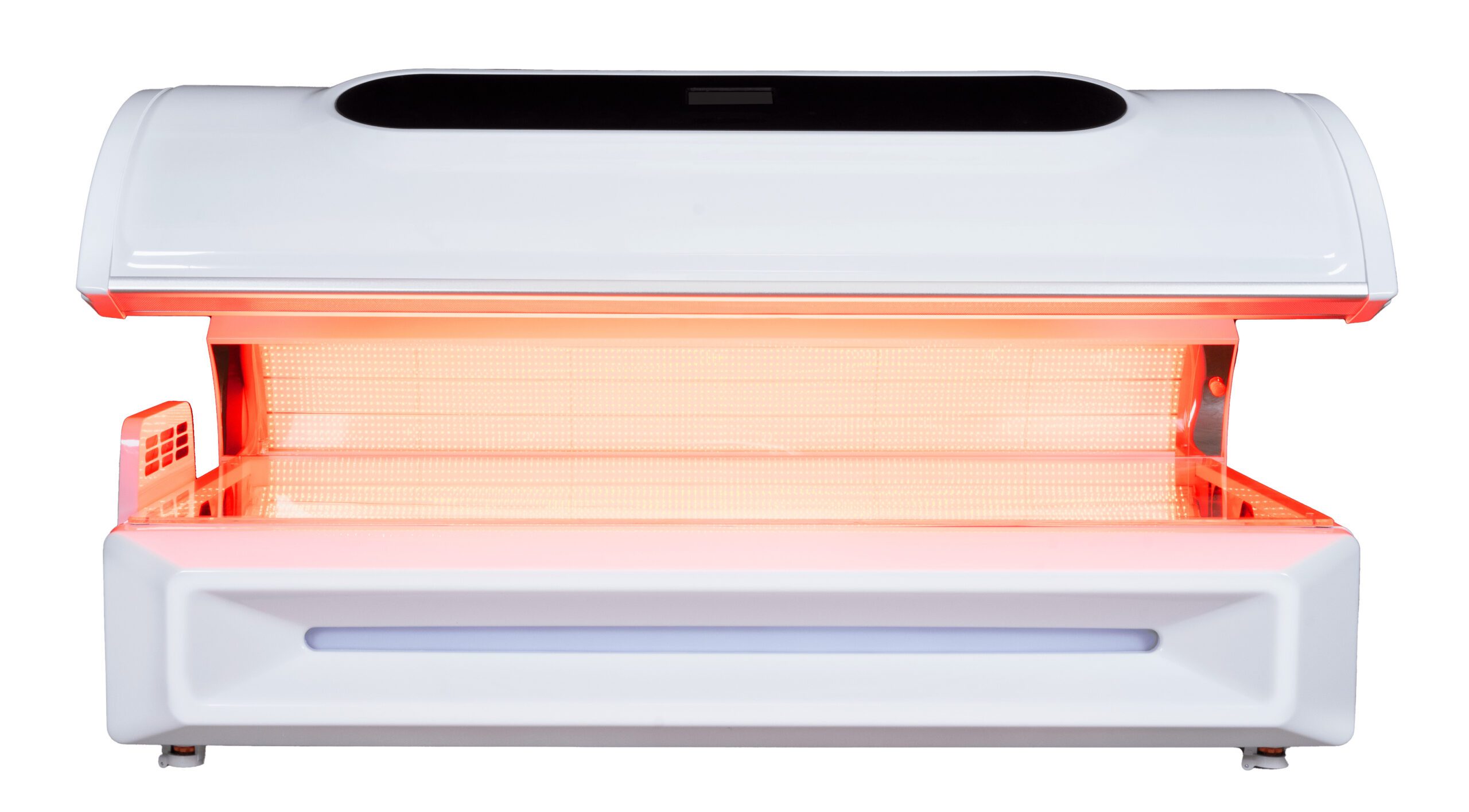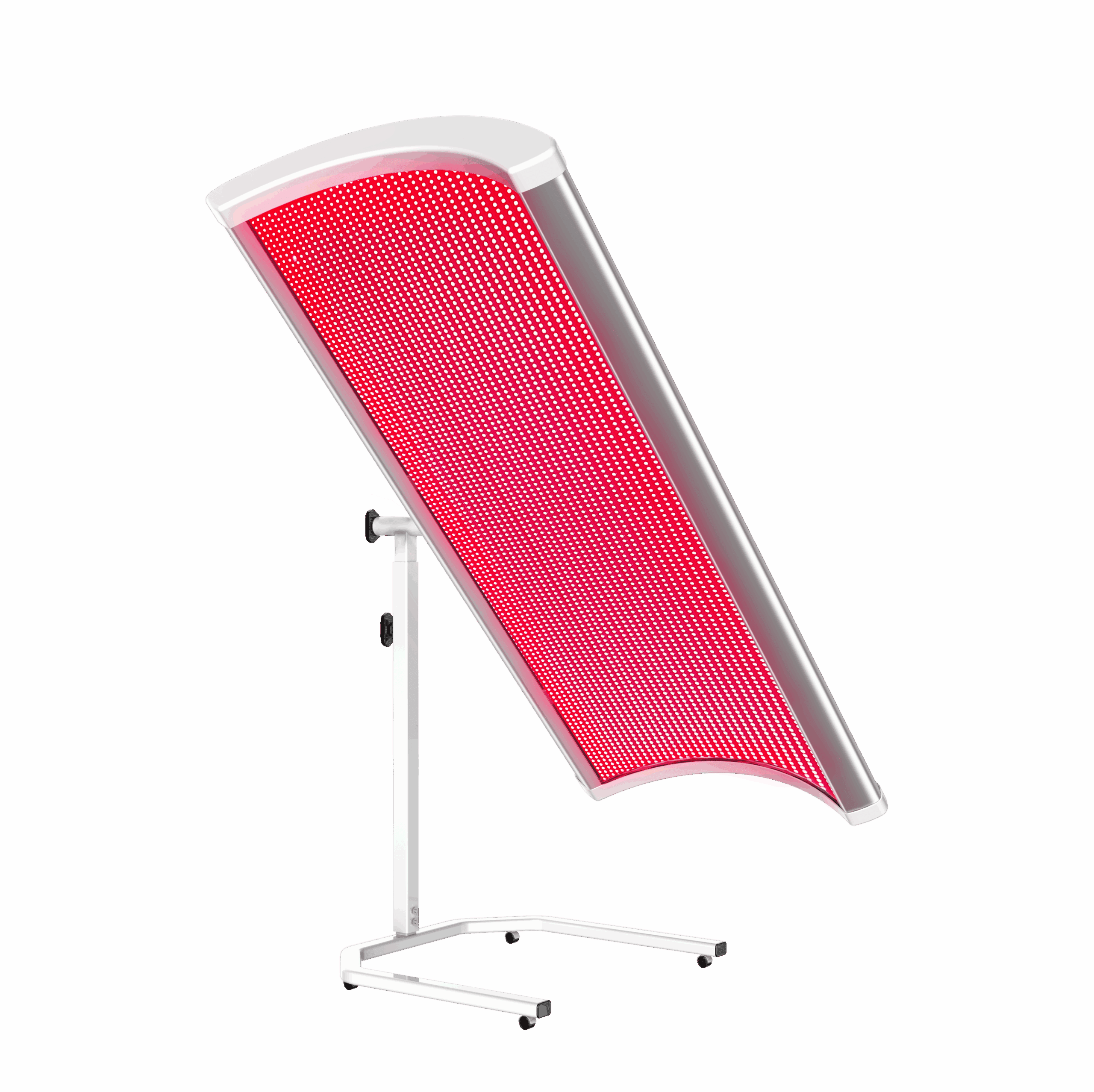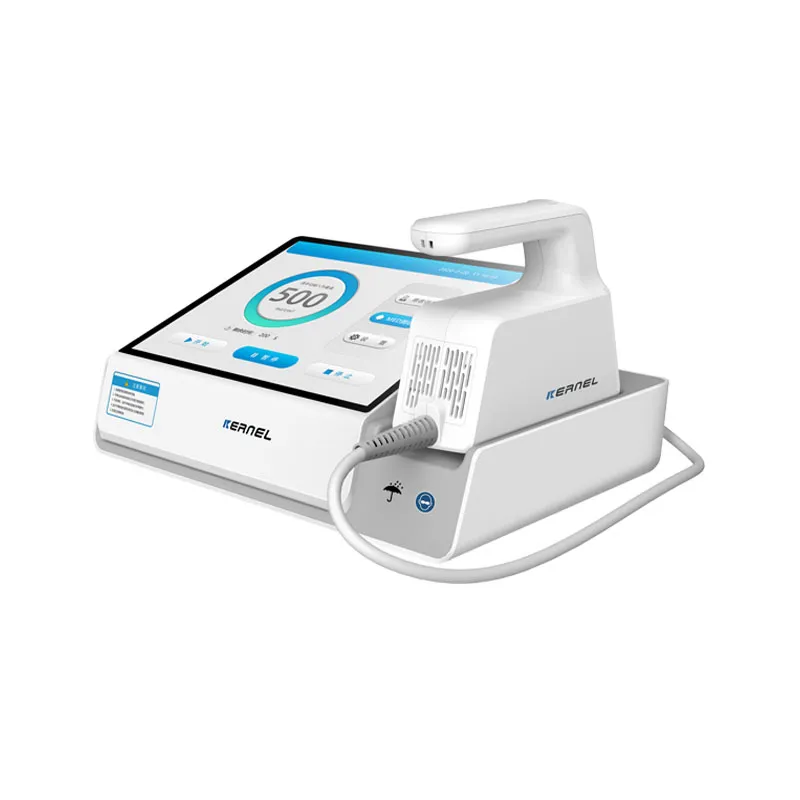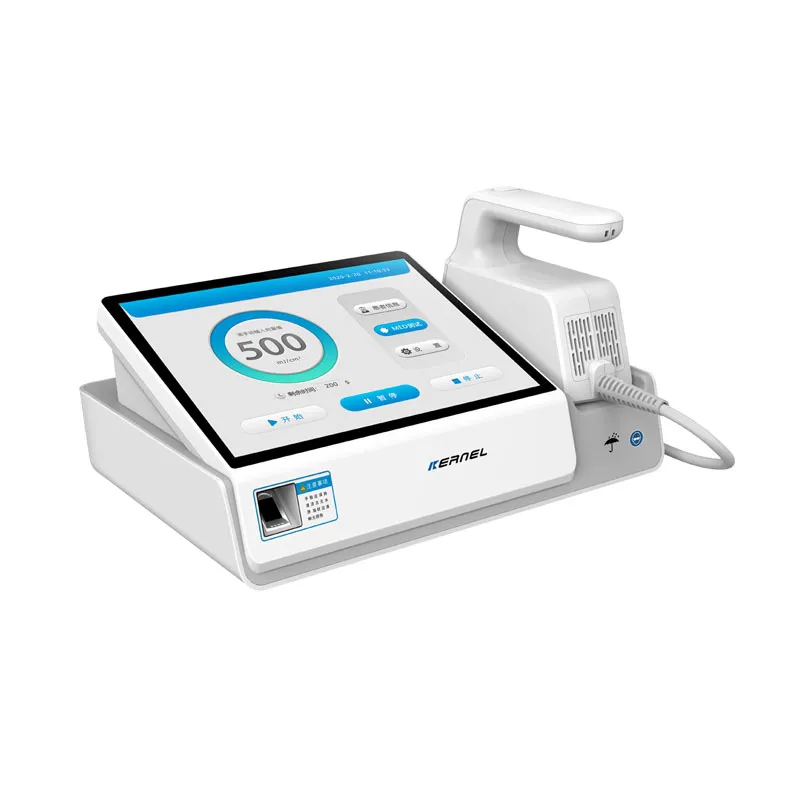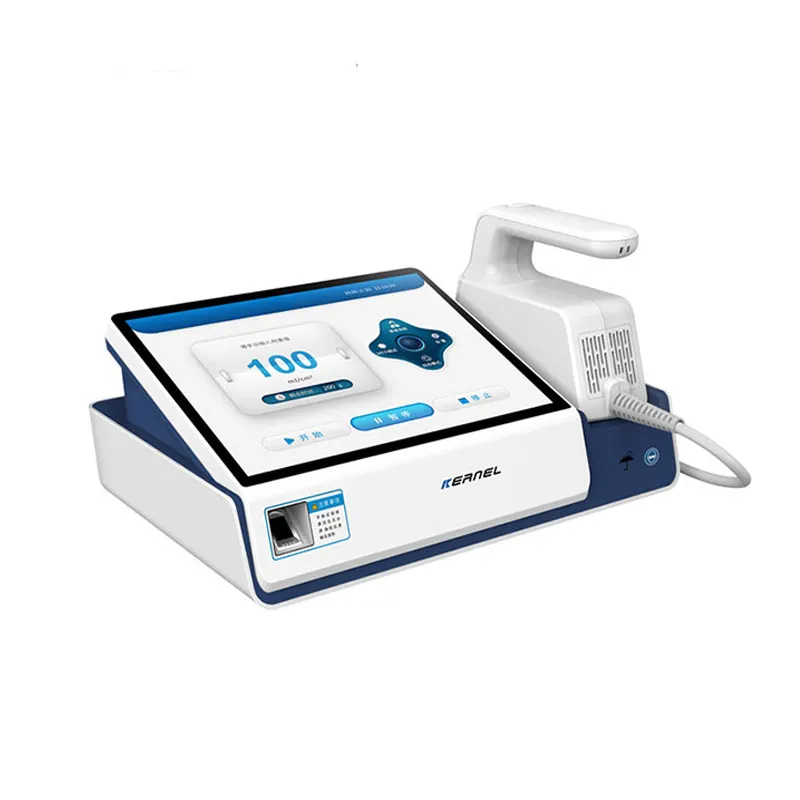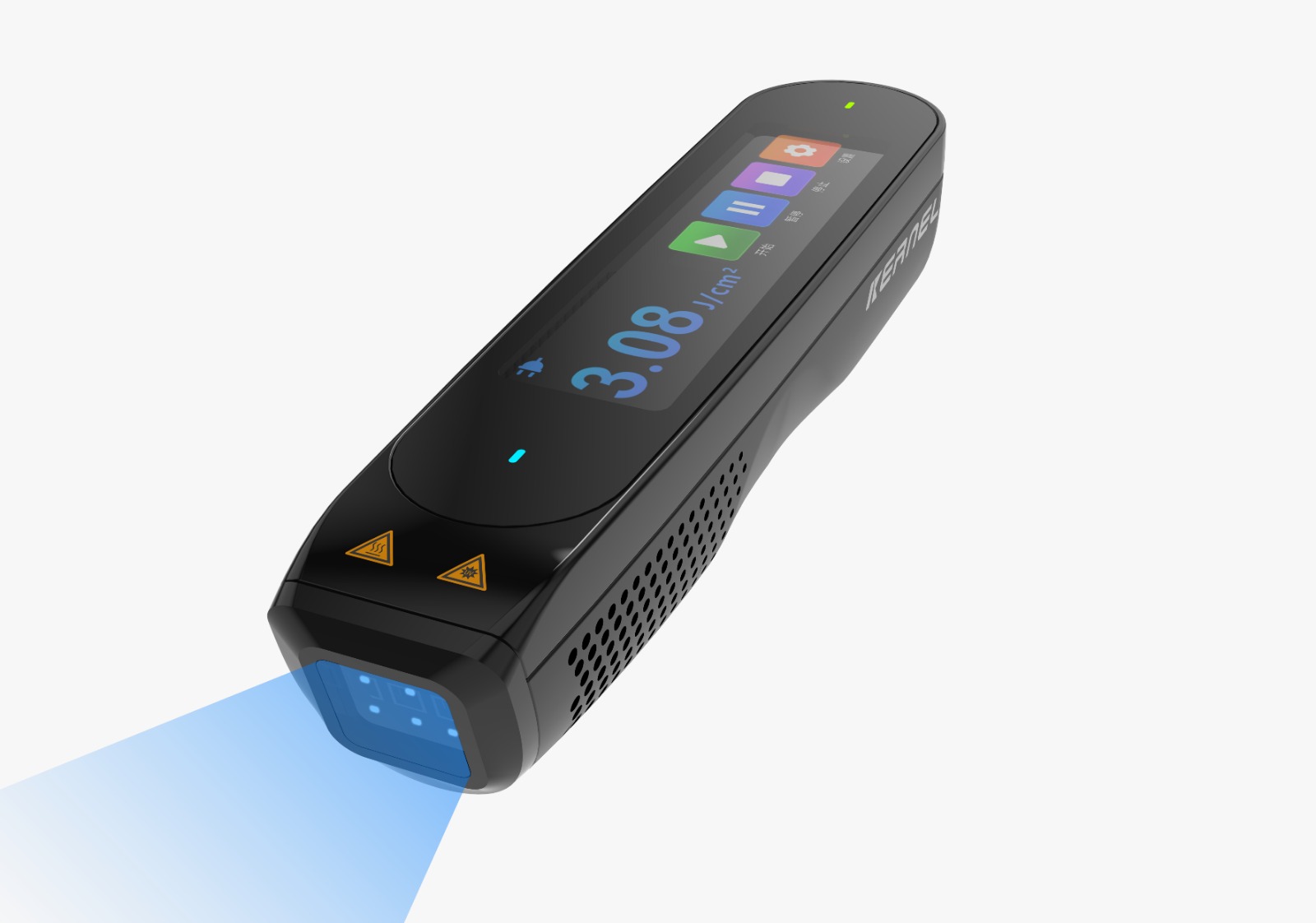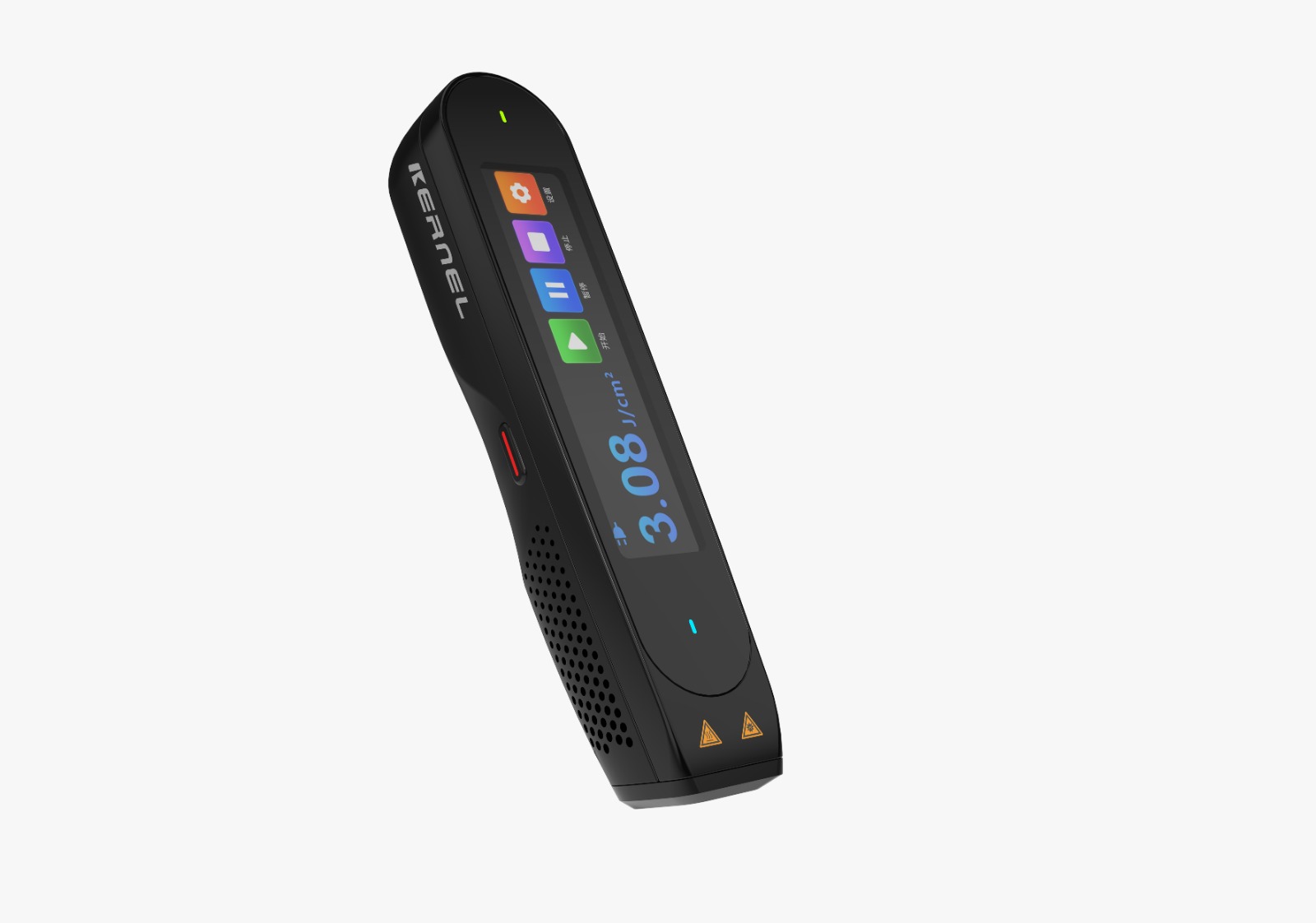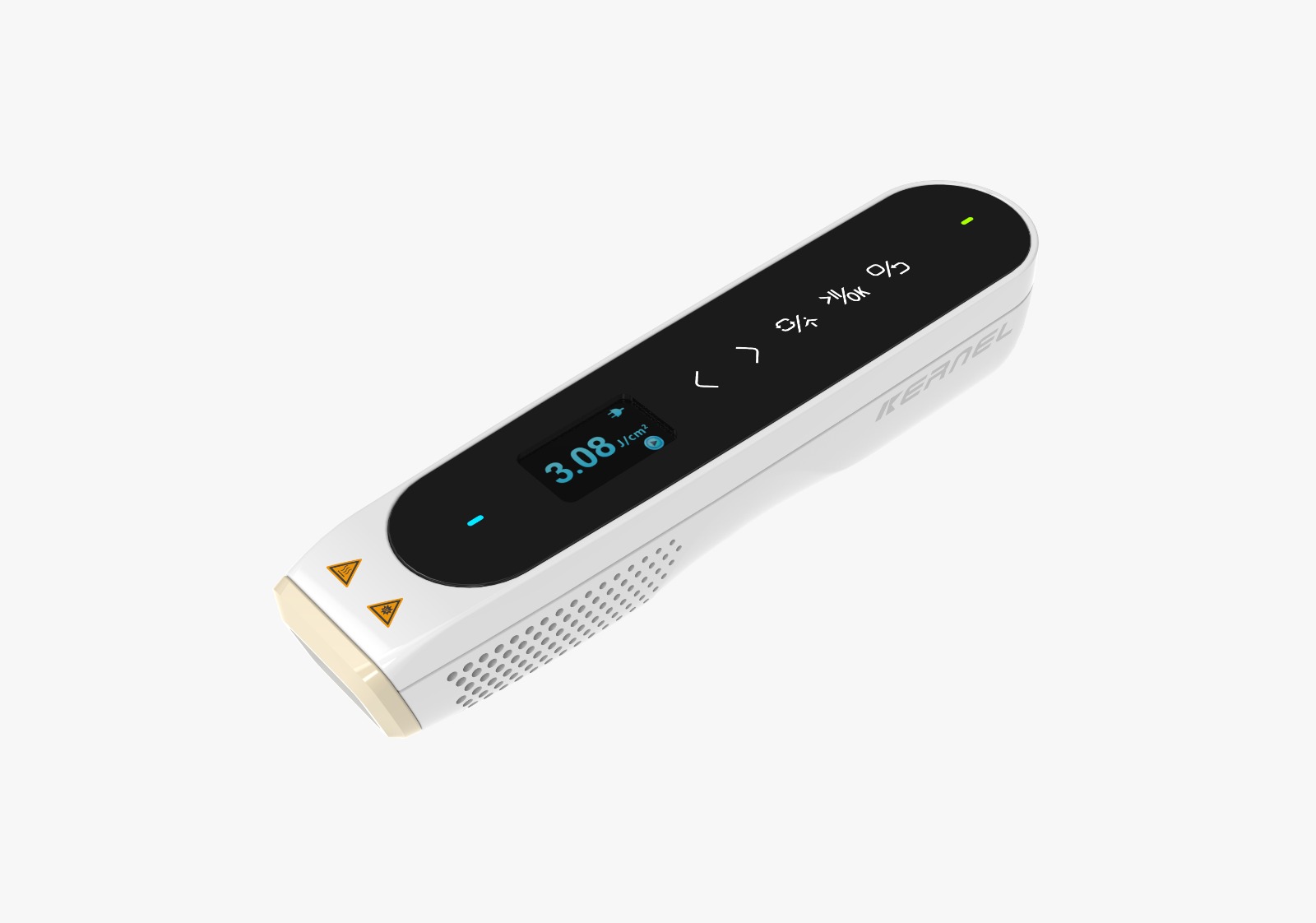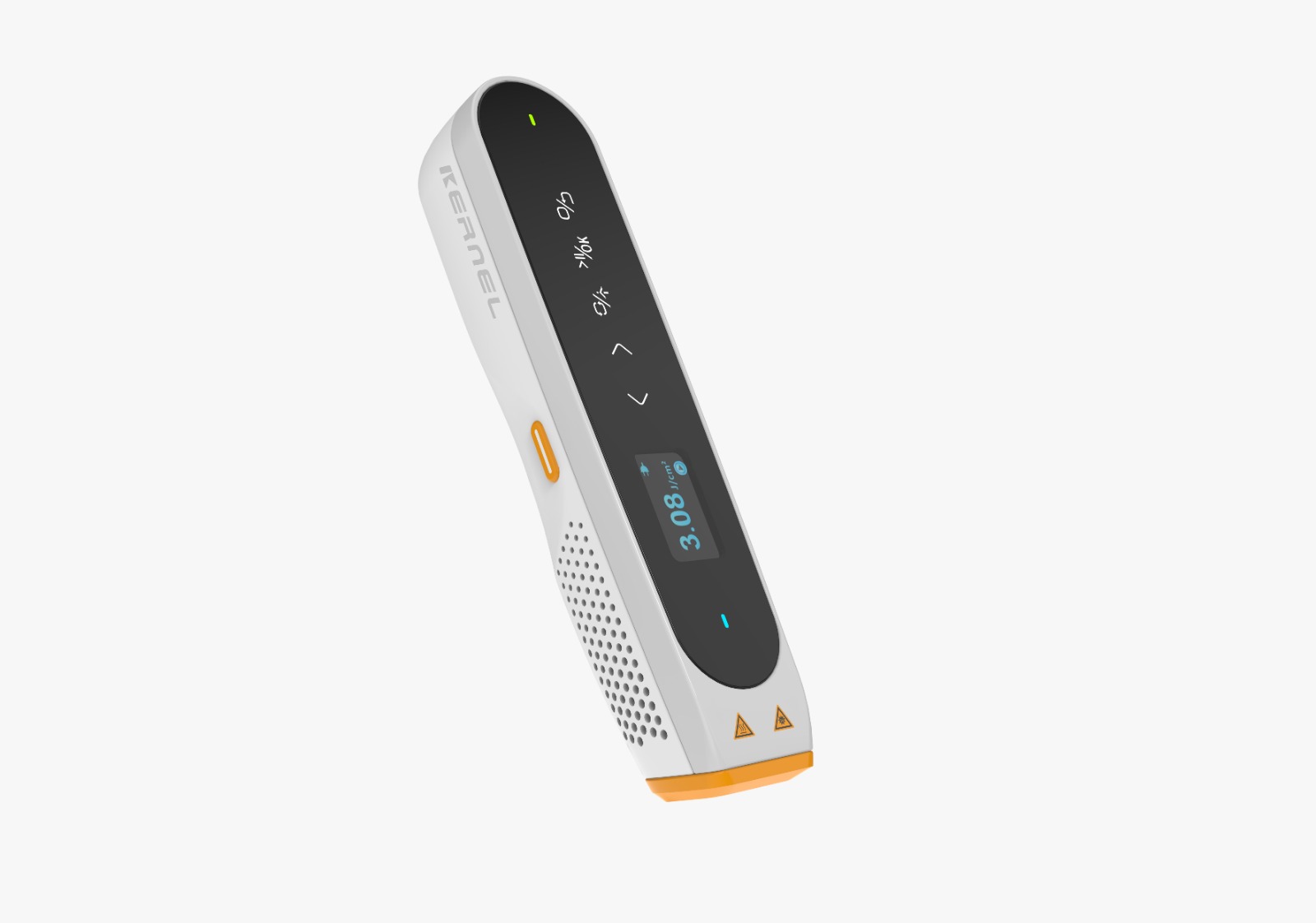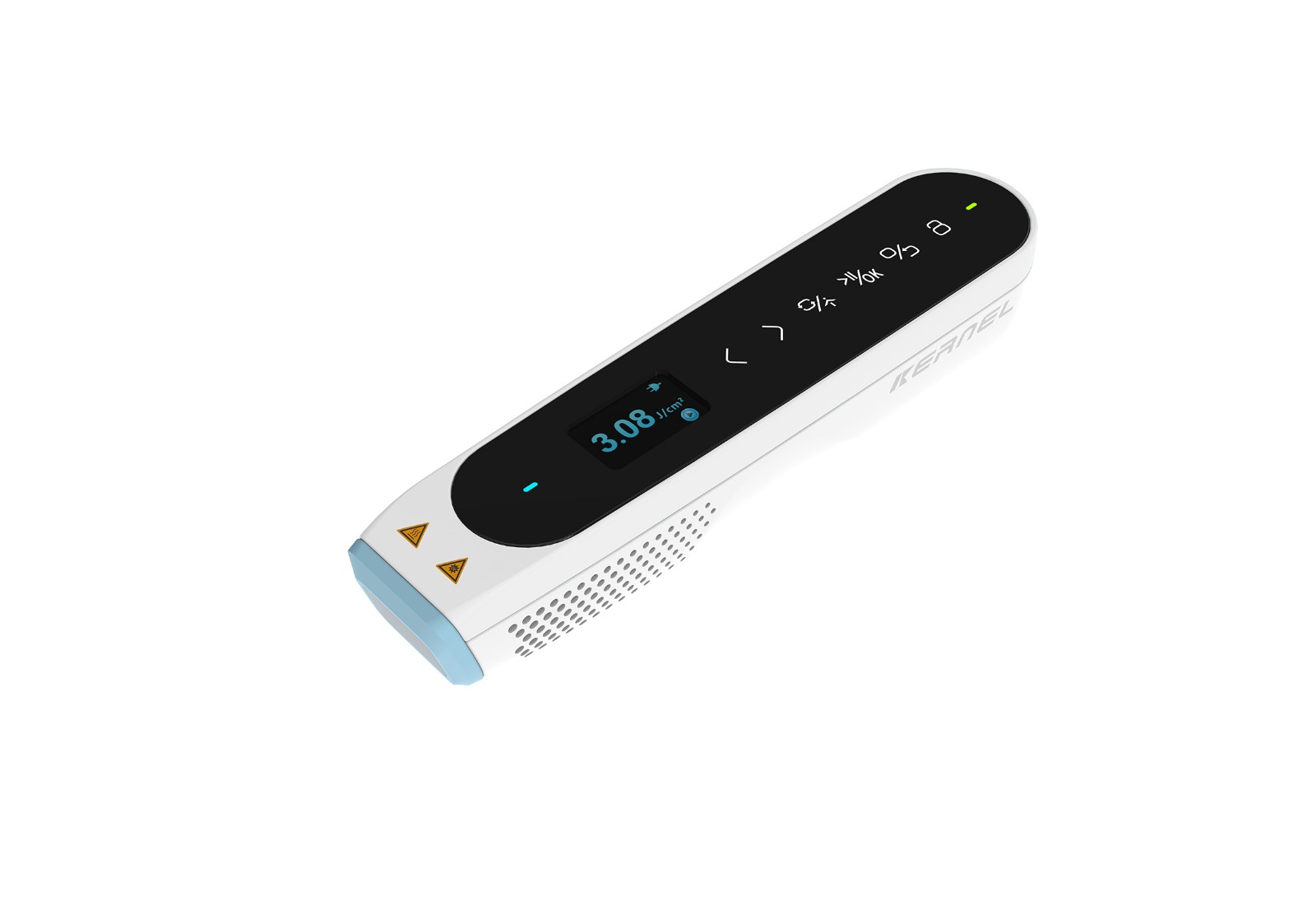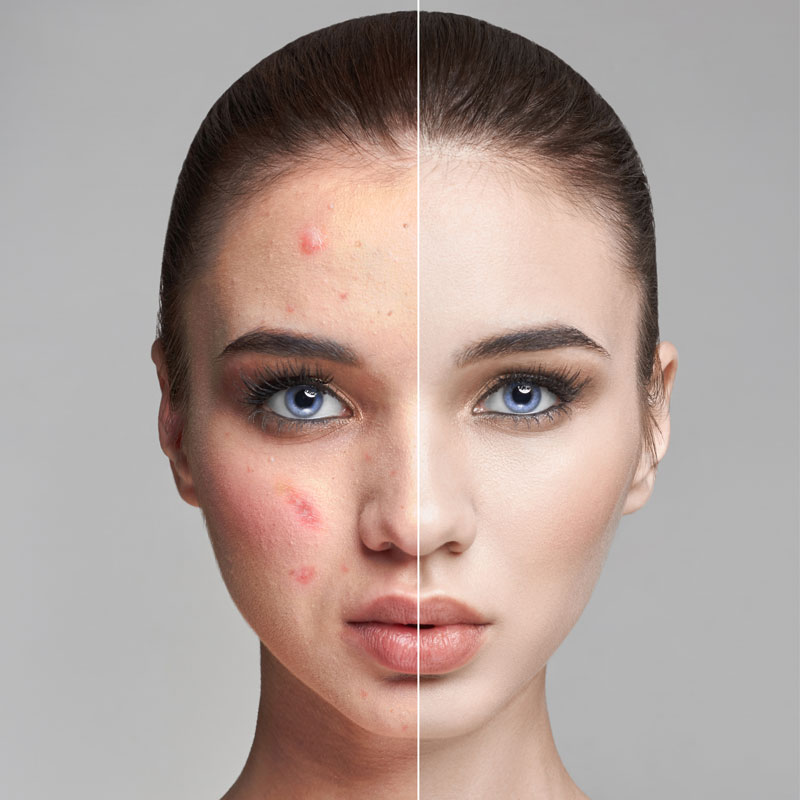Published on February 23, 2024
Apremilast & Narrowband UVB for the Vitiligo Treatment
Khemis and colleagues (2020) noted that scientific rationale and encouraging first clinical results suggested the interest of using apremilast for treating vitiligo. In a 52-week, prospective, randomized, placebo-controlled study, these researchers compared the efficacy of apremilast in combination therapy with narrow-band ultraviolet B (NB-UVB) versus placebo and NB-UVB treatment for re-pigmentation in patients with non-segmental vitiligo. Group A received, in addition to phototherapy, apremilast at the label dosage, and group B received placebo. After 24 weeks, patients who responded (decreased Vitiligo Area Scoring Index [VASI] of greater than 30 %) were re-randomized to receive apremilast or placebo, combined with twice-weekly NB-UVB for 24 additional weeks. The primary outcome measure was the comparison between the 2 groups of the VASI score at 24 weeks. A total of 80 patients were randomized (40 in each group). After 24 weeks, the mean VASI score decreased from 23.63 to 19.49 (p = 0.011) in the apremilast + UVB group and from 21.57 to 15.25 (p < 0.0001) in the placebo + UVB group. The difference between the 2 groups was not statistically significant (p = 0.18). No statistically significant differences were observed between the 2 groups after an additional 24 weeks of treatment. The authors concluded that apremilast did not bring any benefit to NB-UVB in the treatment of vitiligo.
References
- https://www.aetna.com/cpb/medical/data/400_499/0422.html
- Khemis A, Fontas E, Moulin S, et al. Apremilast in combination with narrowband UVB in the treatment of vitiligo: A 52-week monocentric prospective randomized placebo-controlled study. J Invest Dermatol. 2020;140(8):1533-1537.
